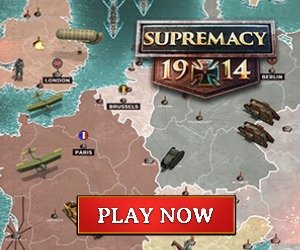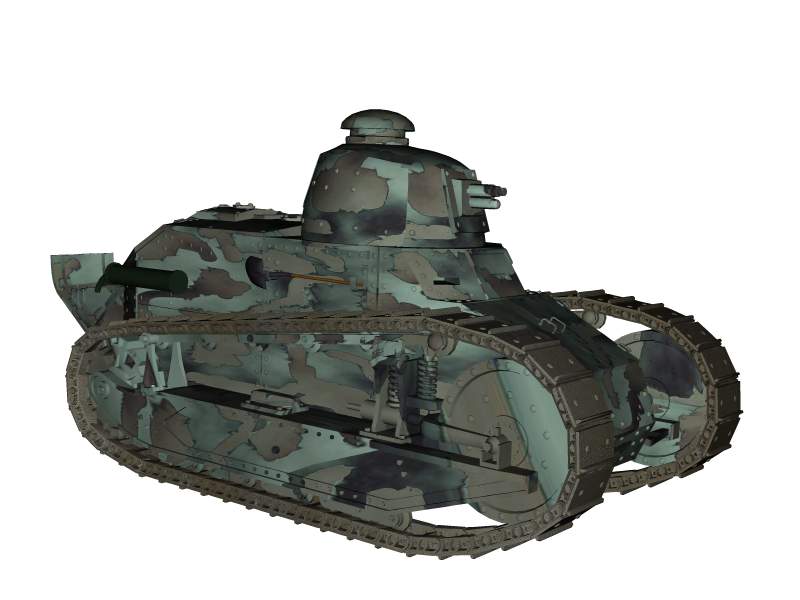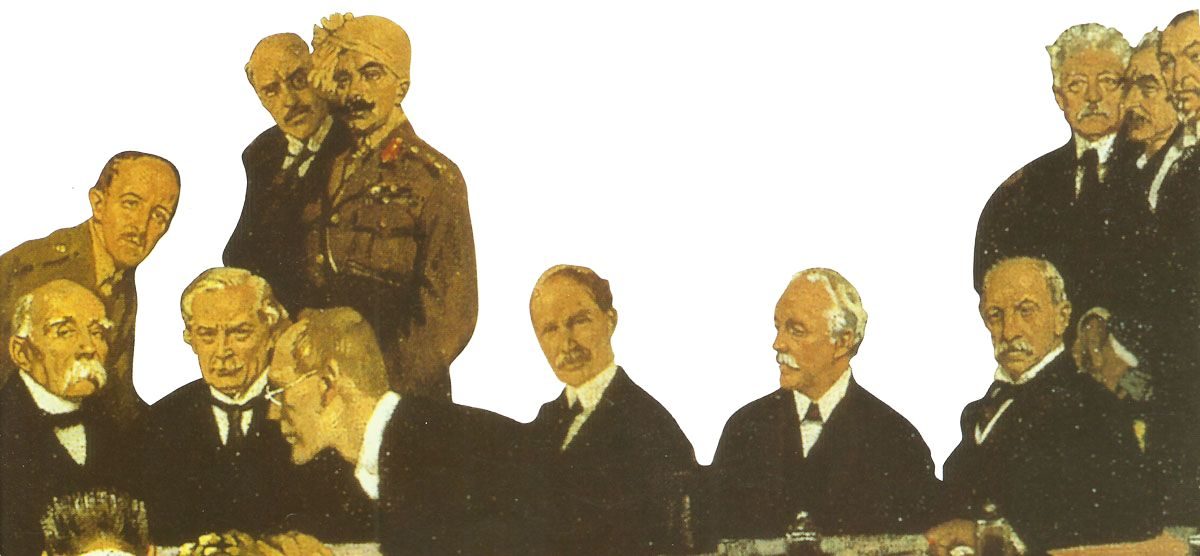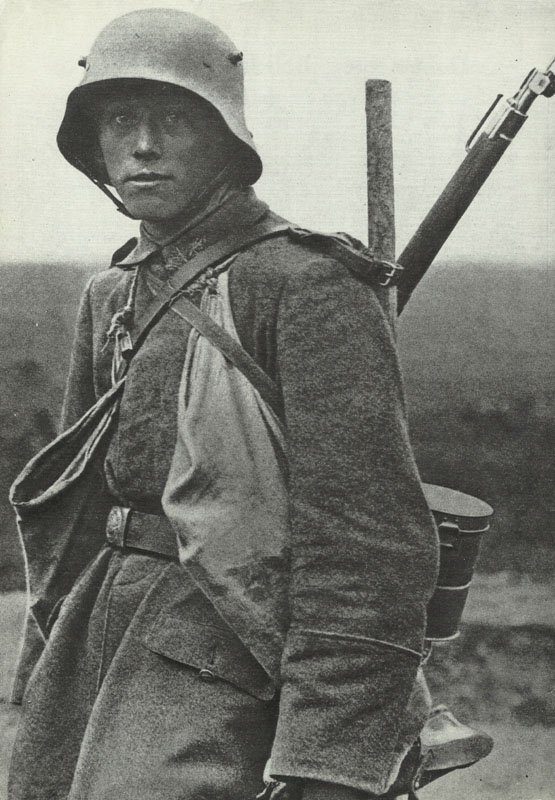The U.S.Army in World War One 1917-18.
Uniforms and small arms, artillery, air force, built-up, strength and casualties of the US Army from April 6, 1917 to November 11, 1918.
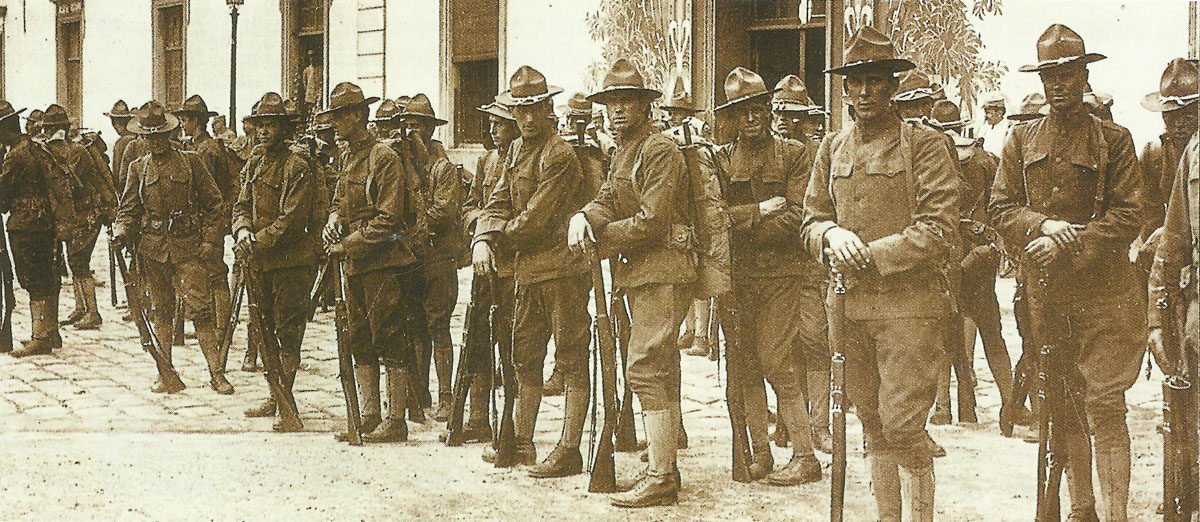
U.S. Army and uniforms in World War One
Table of Contents
The actual entry of the United States into World War One in April 1917 was indeed of less strategic importance than the jubilant masses in Great Britain and France had imagined. Neither was there a sustained, constantly positive development of the war, nor was it a massive rescue operation.
However, the Allies would have lost the war without the US. The explanation of this paradox lies in the fact that American aid was much more decisive before the US entry into the war than thereafter – with the possible exception to last three months of the war.
Great Britain and France had, before 1914, outmoded industrial facilities and working methods, which still reverted to the Victorian age. On the other hand, Germany had a modern industry, especially by the chemical industry, which could easily be converted to the important ammunition production.
Many modern industrial goods and machinery used before the war in the UK came from Germany. With the beginning of World War One, this inflow ended, and only the US could intervene here, surpassing Germany in terms of quantity and even more in the quality of production methods.
There is therefore no question that without the American resources, Great Britain and France, could scarcely have been able to wage war and build up their own modern arms and ammunition industries.
Up to mid-1917, however, Great Britain and France had a well-established war industry with American aid, but were in an increasingly difficult position to deploy sufficient soldiers and workers because of the heavy losses they had suffered in the past few years.
Even though the United States could not replace the 180 million Russians, which would probably be lost to the Allied cause during this period, they had a large reserve of mobilized men in a population of 93 million people.
However, the military armaments’ industry was largely lacking to equip these troops, although steel production was amounted to 45 million tons a year, about three times that of Germany and Austria-Hungary together.
Instead of waiting for the Americans to arm and equip their own forces at a time when speed was of vital importance, it was better for Great Britain and France to provide the US Army and its air forces with these weapons and military equipment.
Only the US Navy, the strongest American arm, was fully operational and expanded and did not need any additional assistance.
This decision about the equipment of the US Army during World War One also meant that no shipping space was needed to transport large quantities of American weapons and equipment overseas. This could instead be used to bring faster a larger number of US soldiers to Europe. This clever strategy allows that as early as 1917-18 about two million US soldiers were able to cross the North Atlantic.
The US declared war on Germany on April 6, 1917, and the peace strength of the US army amounted to 190,000 officers and men. Of these, the first soldiers arrived at June 26, 1917, in France.
Uniforms and small arms
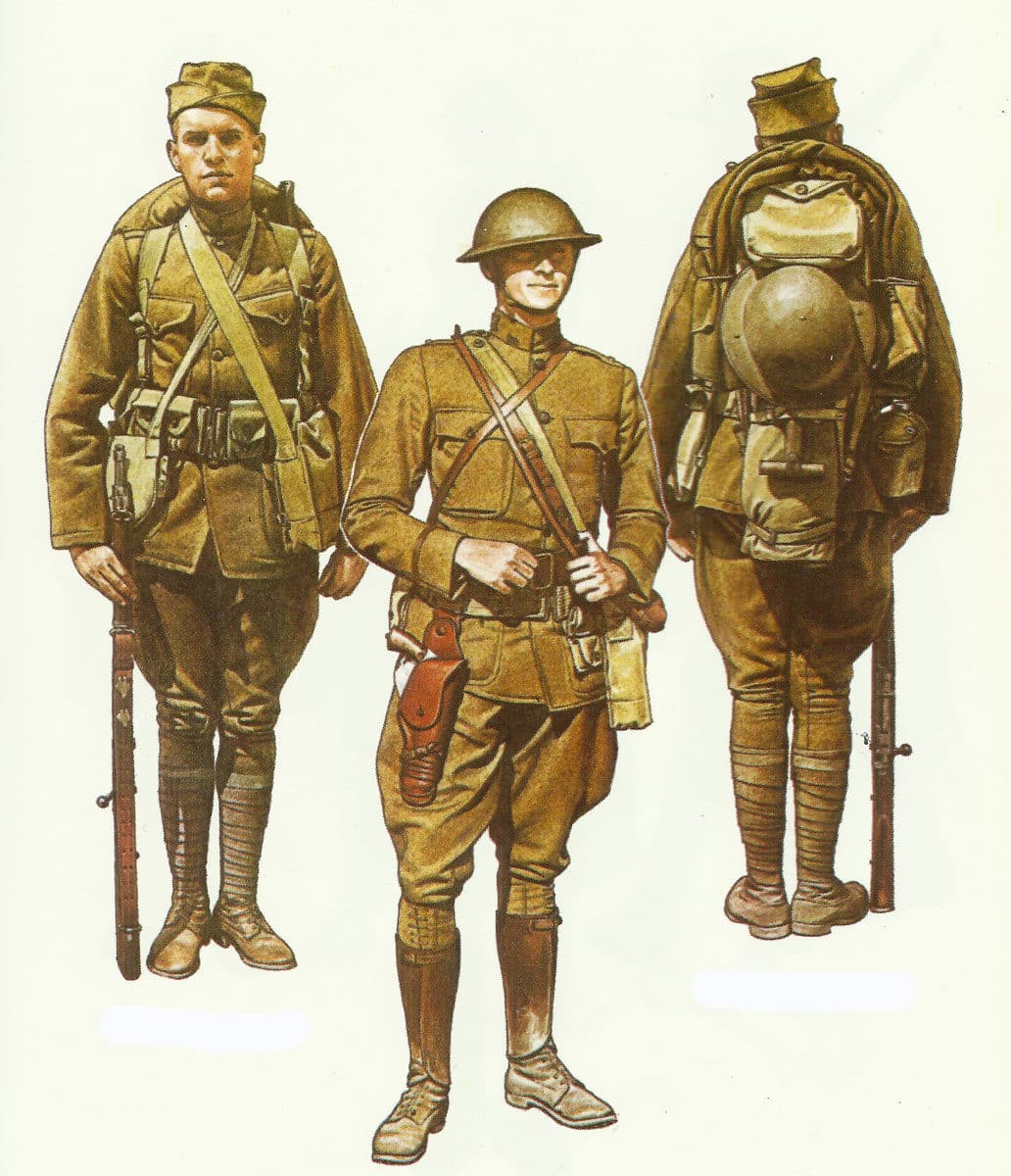
The US troops arrived in Europe with their own uniforms and American built small arms. The USA had introduced a khaki-colored uniform in 1903. On their arrival in France, they received partly French uniform parts, British steel helmets and gas masks. However, the Afro-American units were allotted to the French units and instead received the French Adrian helmets.
The US troops were equipped with the excellent American infantry rifle M1903 Springfield Rifle and the Browning Automatic Rifle. French and British weapons, including the Rifle M1917 Enfield, derived from the British infantry rifle, as well as the French Chauchat light machine gun.
The Afro-American troops deployed with the French units were armed with French Lebel and Berthier rifles.
The US Army’s heavy machine gun was the newly introduced US M1917 Browning MG.
US Artillery
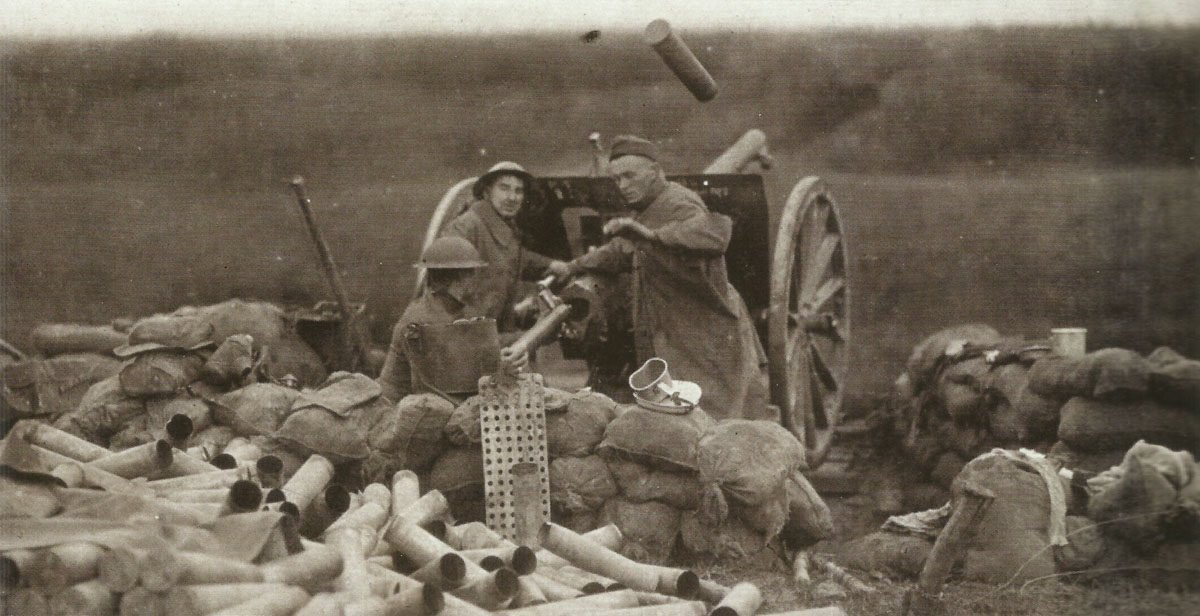
However, when it came to heavy equipment and armament, the American Expeditionary Forces (AEF) were dependent on French and British arms.
In the artillery, the AEF was predominantly based on the excellent French 75mm M1897 field gun and the 155 mm howitzer. The British also provided a number of 8-inch howitzers.
The AEF tank arm consisted mainly of French light tanks Renault FT-17 and a few heavy British Mark types. Although there were plans to produce the Mk VIII ‘Liberty’ tank, which was based on the British design and should be equipped later with an American Aero engine built in France, the war ended before this could be realized.
US Air Force
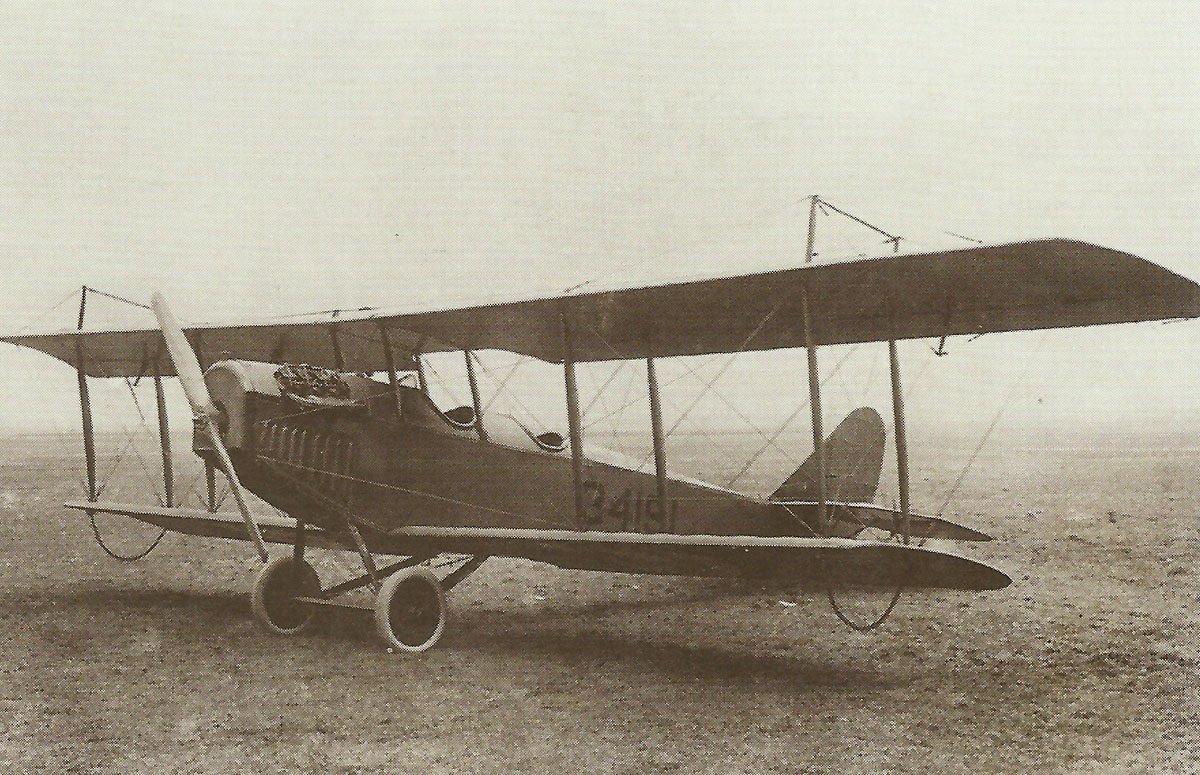
The pilots of the United States Army Air Service learned the flying largely on American aircraft like the Curtiss models, but in combat they used British and French types, many of which were produced under licensed in the United States and powered by US-built Aero engines. Other airplanes were simply bought in the UK or France.
By the end of the war, Great Britain had delivered 4,881 and France 259 airplanes to the US air forces.
The main single-seat fighter type, which was flown by US squadrons, was the Nieuport 28 and various Spad models, while later in 1918 the bomber squadrons were predominantly equipped with French Breguet XIV and Salmson 2, which were reinforced by some US-built British Airco DH4.
Built-up of the US Army
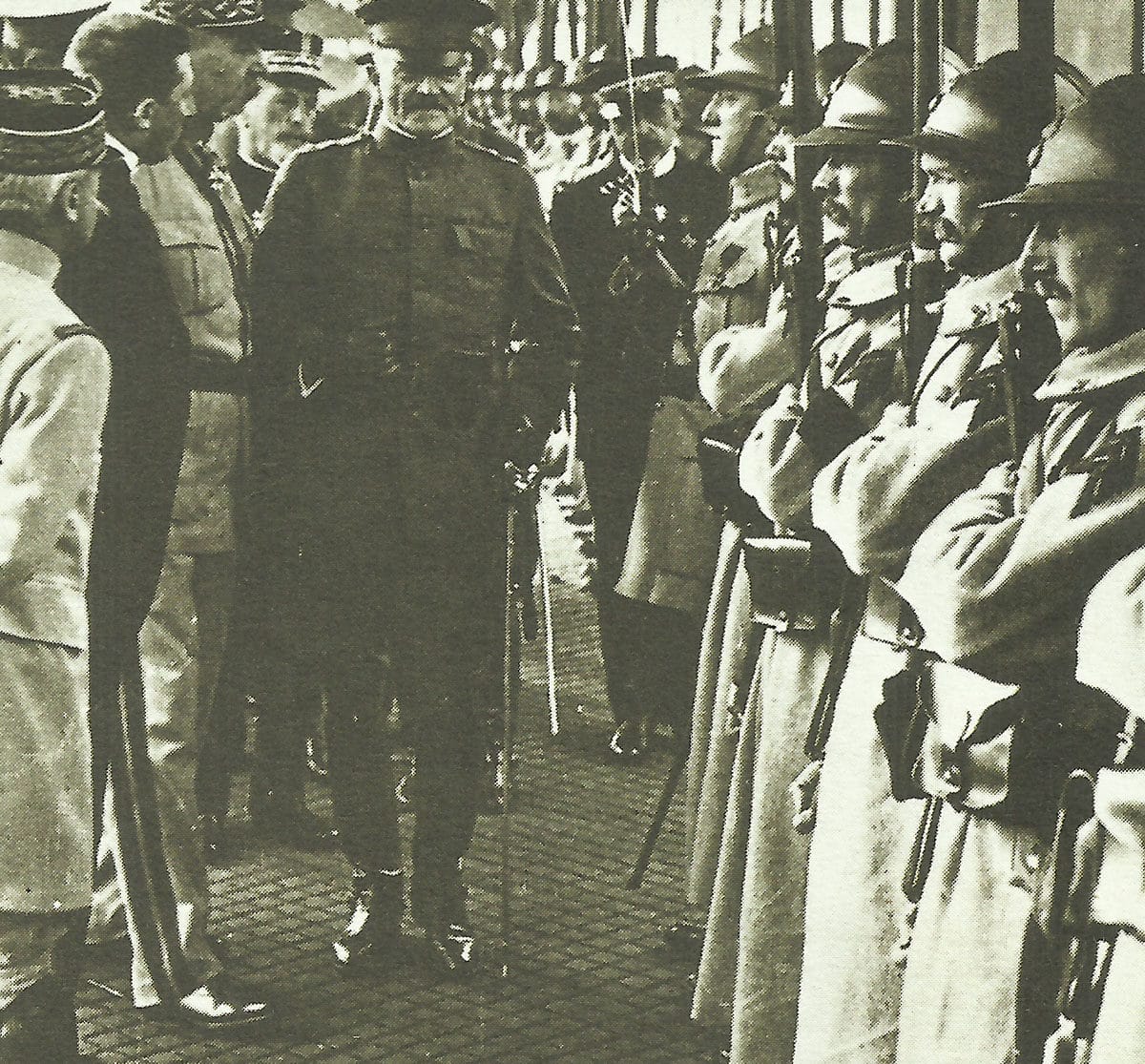
The American Expeditionary Forces should be equipped, trained and formed in France, under the command of General Pershing, before they should be deployed as an independent force at the front.
Haig and Petain had at the beginning of 1918 a serious shortage of soldiers and no more prospect to equalize this. So they wanted to use the US soldiers for their own units to get help quickly.
The American commander, General Pershing as well as the US government, however, insisted on forming an independent and complete armed force with own armies, corps, and divisions. They were willing to wait so long with the deployment of the American soldiers, until additional services, artillery units, headquarters, and all the necessary staff were set up.
The German offensive from March 21, 1918, however, made the American plans lapsed, when there was only one ready-to-deploy US division with three more, not yet fully trained troops, on training grounds.
Thus, on March 28, 1918, the first US units had to be deployed for defense in the area of Amiens on the Somme. The 1st US infantry division was the first full-sized division unit to arrive at Cantigny near Montdidier on May 28th for a counter-attack.
After lengthy discussions between the Allies, it was then agreed, starting in June, instead of bringing complete US divisions to Europe, to dispatch as much American infantry as possible. Thus, 170,000 US combat troops arrived in June and 140,000 in July.
A total of 84,000 American soldiers were shipped to Europe in March 1918; 118,500 in April; 246,000 in May; 278,800 in June and 306,703 in July, almost half of them on British ships.
These were larger numbers than the German High Command had foreseen. By mid-1918, the entire US Army had reached a strength of about 4 million men. Of these, about 1.5 million men were in France, while only 300,000 new recruits – who were recruited in June – were available to the German army. Thus, the war was decided.
UNITED STATES OF AMERICA (April 6, 1917 – November 11, 1918)
- Population 1917 = 93,400,000
- Peacetime Army Strength (1917) = 190,000
- US Forces April 1917 in Detail = 127,588 regular troops; 504 field guns + coastal artillery (21,000 soldiers); 1,110 MGs; 80,436 National Guard members; 55 aircraft (c.75 trained pilots); 14 dreadnoughts
- Army strength during the war = 4,743,826
- KIA Military = 116,708
- Wounded Military = 204,002
- Death civilians = number unknown, but low
References and literature
Army Uniforms of World War I (Andrew Mollo, Pierre Turner)
World War I Infantry in Colour Photographs (Laurent Mirouze)
The Illustrated Encyclopedia of Weapons of World War I (Chris Bishop)
An Illustrated History of the Weapons of World War One (Ian Westwell)



